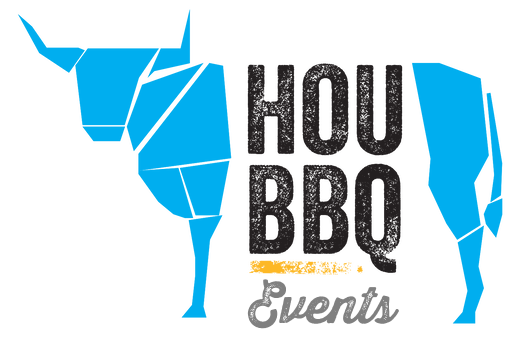There are essentially three places to start cooking barbecue in Texas: in your backyard, in a competition, or in a restaurant.
Traditionally, backyard and competition venues act as farm teams. Aspiring pitmasters cook for friends, family or judges who act as de facto talent scouts. As these amateurs accumulate praise or trophies at competitions, they may choose to make the leap to commercial barbecue, i.e., open a barbecue joint.
Most of the top barbecue joints in the state originated in backyards. For example, Will and Nichole Buckman of CorkScrew BBQ in Spring spent several years cooking for friends and family before opening their barbecue trailer and later a brick-and-mortar that’s now considered one of the best in the state.
Pitmasters who get their start in competitions also make the leap to commercial barbecue, but with mixed results. I’ve seen many joints that got their start this way close within a year.
Why? It comes down to process and audience.
Cooking in a barbecue competition involves precision and small quantities. The competition entry, or “turn in,” often includes a small clamshell to-go container filled with a few slices of brisket or pork ribs. Only one rack of ribs will be cooked using a specific recipe; a few of the best-looking ribs will be chosen for judging, then those ribs will be exactingly “painted” or otherwise prepared with a wet mop or glaze.
The audience for these ribs is a handful of judges who are evaluating the barbecue based on specific criteria, including appearance, sweetness/saltiness and meat tenderness.
However, success in a competition venue is difficult to translate into a commercial endeavor that serves large quantities to a demanding public. Scaling up those processes and smaller quantities in order to make them accessible to a typical barbecue consumer is what flummoxes most competition pitmasters.
Recently, a new trend has sprouted from the three traditional barbecue paths. We are now seeing backyard pitmasters who successfully made the leap to commercial barbecue tackling competitions.
Grant Pinkerton of Pinkerton’s Barbecue is a leading example. He cooked barbecue for friends and family growing up, started doing pop-ups, then opened a brick-and-mortar that is now considered one of the best in Texas. In recent years, he’s gone all-in on competition barbecue, including regular appearances at the World’s Championship Bar-B-Que Contest at the Houston Livestock Show and Rodeo.
“Beyond just being part of the amazing community that participates in the (competition) circuit,” said Pinkerton, “I really love cooking competitions because it requires a high level of precision coupled with the ability to be creative and push the boundaries of flavor.”
In addition to being drawn to the competitive aspect, Pinkerton also uses his participation to improve and evolve the commercial barbecue he serves in his restaurant.
“Recently we overhauled our pork shoulder at the restaurant as a direct result of competing in the Southeast (U.S.) in whole hog and pork shoulder,” said Pinkerton.
By having processes in place that ensure the success of cooking barbecue in larger quantities for a broader audience, Pinkerton can then use competitions to test and experiment with new techniques and recipes he can then incrementally add to the everyday menu at his restaurant.
“I find it helps my brain think about barbecue different,” he says, “Think outside the box on approaching proteins and constantly looking to tweak and make our current products better.”


